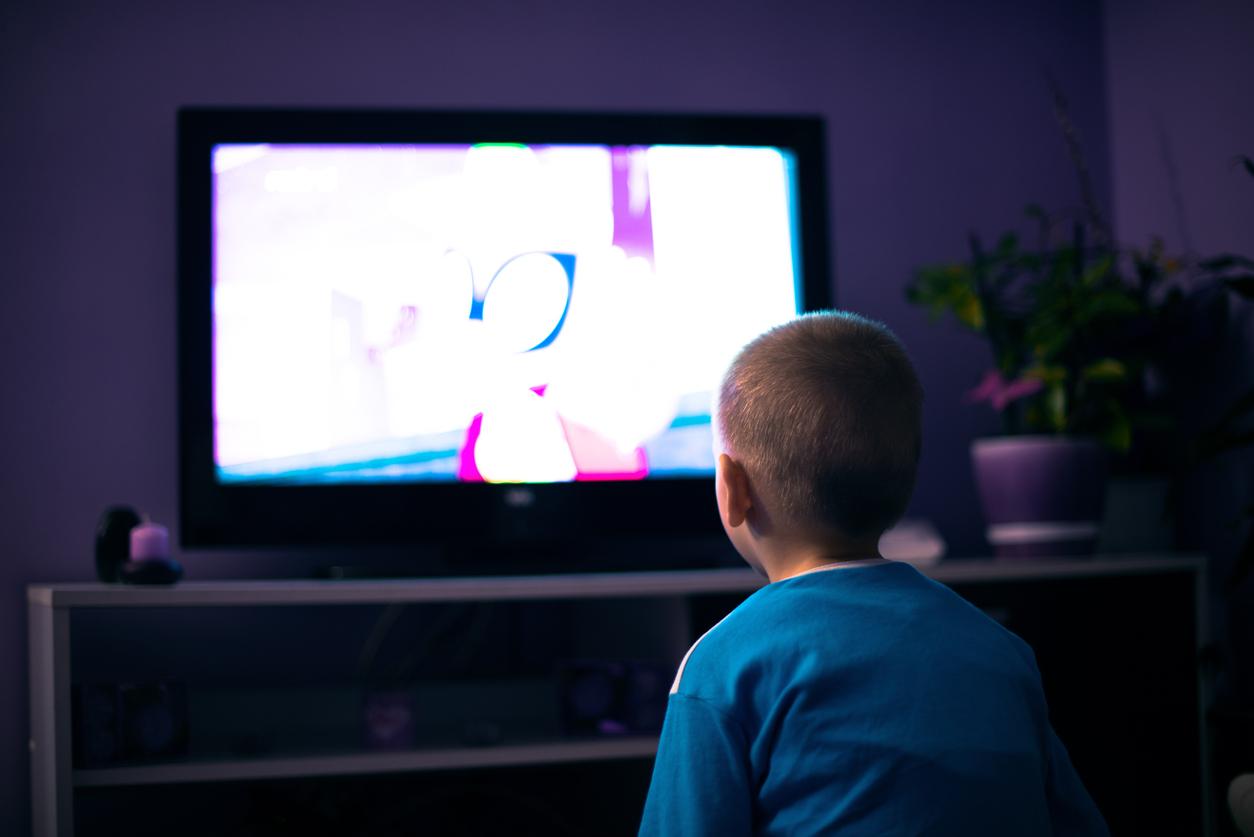Dry eye is a disease that usually affects people between the ages of 50 and 60. From now on, young children, too exposed to screens, are also concerned.

- The Health Insurance estimates that the deterioration of our living conditions, in particular pollution, has increased the number of cases of dry eye.
- In France, a third of the adult population is affected.
- Generally, treatment is based on the use of tear gels or artificial tears.
Screen abuse is bad for your health. For this reason, health professionals recommend limiting the exposure of the youngest to televisions, tablets and other smartphones. In recent years, specialists have noted the deleterious effects of these devices on children’s eyesight. In the Daily Email, an optometrist and dry eye specialist, Sarah Farrant, explains that she sees more and more children suffering from dry eyes. “When I opened my clinic 15 years ago, no child presented with this diseaseshe says. But over the past five or six years, I’ve seen more and more children with dry eyes. My youngest patient was six years old, which I had never seen before.”
Dry eye, a disease that normally affects people over 50
This pathology is linked to a decrease in the production of tears. “The symptoms are multiple: tingling, feeling of sand in the eyes, glued eyelids, etc.explains theHealth Insurance. In most cases, the disease is the consequence of aging, and is therefore more common from the age of 50: it affects 15% of people over 60. “As we age, tear production becomes less important as the lacrimal glands atrophy, says health insurance. This decline is aggravated by hormonal changes related to menopause in women and andropause in men. In other cases, dry eye can be caused by taking medication, by another pathology or by factors related to the environment: pollution, wind, air conditioning, etc.
Screens, make-up: why is dry eye more common in young people?
Sarah Farrant believes that the increase in time spent in front of screens is responsible for dry eyes in the children she sees. She reminds us that we blink less in front of screens, which can contribute to dry eyes. “An increase in the number of young children using makeup could also contribute to the increase in eye problems”, raises the specialist. However, when the pathology is not treated, the lacrimal glands, which produce tears, can be affected irreversibly.
What are the screen time recommendations for children?
To limit the risks, it is important to keep children away from screens as much as possible. Public Health France provides some recommendations: under three years old, children should not watch television and under six years old, they should not have access to game consoles. Because dry eye is not the only risk: “ANSES (National Health Security Agency) thus warns against excessive exposure to screens from an early age, which could be associated with memory, sleep or attention problems, specifies the document from Public Health France. Social isolation, depression, lack of physical activity or obesity are potential side effects that are best avoided..”
















